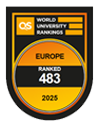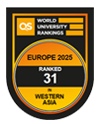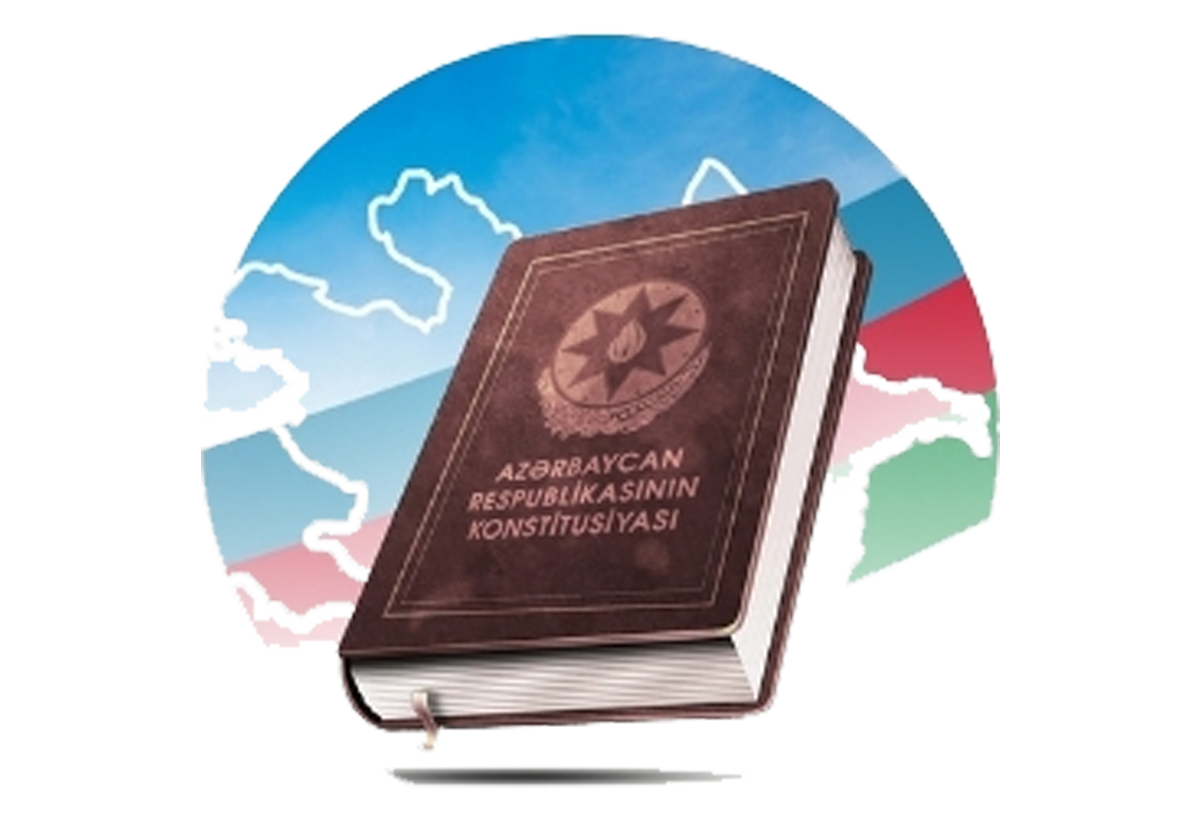Erivan
For each azerbaijanian Erivan must be as dear as Baku, Shusha, Ardabil, Barda,Nakhchivan, Dariband. Erivan khanate - After the death of Nadir Shah Afshar in 1747, founded the independent Azerbaijani khanate. The territory of modern Armenia, as well as the regions of Nakhchivan Autonomous Republic of Nakhchivan and Igdir province Sederek covered. Russian Empire in 1828. According to the iləQacar Turkmenchay agreement signed between Iran and Russia was included. During Persian rule, the Shahs appointed the various khans as beglerbegī to preside over their domains, thus creating an administrative center. These khans from the Qajar tribe, of Turkic origin, also known as the sirdar (Pers. sardār, “chief”), governed the entire khanate, from the mid-seventeenth century until the Russian occupation in 1828, The khanate was divided into fifteen administrative districts called maḥals with Persian as its official language.
Population
Many events led to the demise of the Armenian population from the region. Shah Abbas I"s deportation of much of the population from the Armenian Highlands in 1605 was one event, when as many as 250,000 Armenians were removed from the region To repopulate the frontier region of his realm, Shah Abbas II (1642–1666) permitted the Turkic Kangarli tribe to return. Under Nadir Shah, when the Armenians suffered excessive taxation and other penalties, many emigrated, particularly to India. Later on, large number of Armenians were kept captive in Iran since 1804 or as far back as 1795, others were scattered around the world (Russia failed to resettle them) due to the Iranian-Russian wars of 1804 and 1813, including 20,000 who moved to Georgia. At the time of the Russian annexation Armenians formed about less than 20% (about 15,000) of the population of the Erivan Khanate in 1828, while the remaining 80% was made up of Muslims (Persian, Azeri, Kurdish), forming a total population of 102,000.
Following the resettlement of Persian Armenians in the newly conquered Russian territories afte 1828, significant demographic shifts were bound to take place. The Armenian-American historian George Bournoutian gives a summary of the ethnic makeup prior to the 1828 events.
In the first quarter of the 19th century the Khanate of Erevan included most of Eastern Armenia and covered an area of approximately 7,000 square miles. The land was mountainous and dry, the population of about 100,000 was roughly 80 percent Muslim (Persian, Azeri, Kurdish) and 20 percent Christian (Armenian). ”
After the incorporation of the Erivan khanate into the Russian Empire, Muslim majority of the area gradually changed, at first the Armenians who were left captive were accouraged to return. As a result of which an estimated 57,000 Armenian refugees from Persia returned to the territory of the Erivan khanates after 1828, while about 35,000 Muslims (Persians, Turkic groups, Kurds, Lezgis, etc.) out total population of over 100,000 left the region.
Partial Armenian autonomy
Armenians in the territory of the Khanate lived under the immediate jurisdiction of the melik of Erivan, from the House of the Melik-Aghamalyan family, who had the sole right to govern them with the authorization of the shah. The inception of the melikdom of Erivan appears only after the end of the last Ottoman-Safavid war in 1639 and seems to have been a part of an overall administrative reorganization in Persian Armenia after a long period of wars and invasions. The first known member of the family is a certain Melik Gilan but the first certain holder of the title of "melik of Erivan" was Melik Aghamal and it may be from him that the house had taken its surname. One of his successors, Melik-Hakob-Jan, attended the coronation of Nāder Shah in the Mughan plain in 1736.
Under the melik of Erivan were a number of other meliks in the khanate, with each maḥall inhabited by Armenians having its own local melik. The meliks of Erivan themselves, especially the last, Melik Sahak II, were among the most important, influential and respected individuals in the khanate and both Christians and Muslims alike sought their advice, protection and intercession. Second in importance only to the khan himself, they alone among the Armenians of Erivan were allowed to wear the dress of a Persian of rank. The melik of Erivan had full administrative, legislative and judicial authority over Armenians up to the sentence of the death penalty, which only the khan was allowed to impose. The melik exercised a military function as well, because he or his appointee commanded the Armenian infantry contingents in the khan’s army. All the other meliks and village headmen (tanuters) of the khanate were subordinate to the melik of Erivan and all the Armenian villages of the khanate were required to pay him an annual tax.
•1736–40 Tahmasp-qulu khan (Tahmasp II)
•1740–47 Nader Shah
•1745–48 Mekhti-khan Qasımlı
•1748–50 Hasan Ali-khan
•1750–80 Huseyn Ali Khan
•1752–55 Khalil Khan
•1755–62 Hasan Ali Khan Qajar
•1762–83 Huseyn Ali Khan
•1783–84 Qulam Ali (son of Hasan Ali)
•1784–1804 Muhammed Khan
•1804–06 Mekhti-Qulu Khan
•1806–07 Muhammed Khan Maragai
•1807–28 Huseyn Qulu Khan Qajar
Translator: Hagigat Valiyeva


